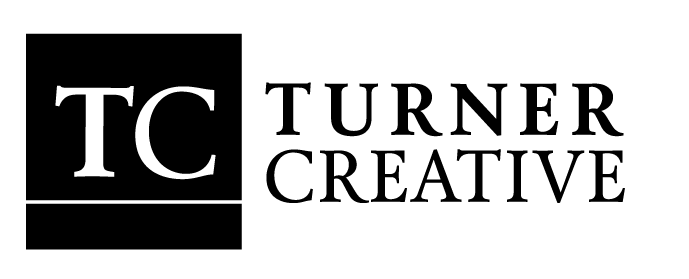Imagine, if you will, a children’s soccer game (or football match, if you’re so inclined).
The kids are all revved up and ready to go. They’re (mostly) paying attention and on their team’s side of the field.
Coin flipped, whistle blown, and they’re off!
Little Sam races down the field, handily keeping the ball away from the kids on the other team (and a few of their own).
On a tear, Sam takes it all the way down to the end of the field and then stops, bewildered.
There are no posts. There is no net.
What are they supposed to do now?
Pass to someone else? Is the winner the team that passes the most? Or is it running? Should they run to the other end of the field?
If there’s no goal, what’s the point? What do you practice? Why do you practice?
I present this scenario to you because twice this week, I’ve gotten to the end of a meeting about a new landing page and had to ask: What’s the goal of this page?
For one, it was very direct: booked calls.
For the other (different client), it was the total opposite: time spent on the page/site.
Those are two very different success metrics. And what you’d write or do to achieve one would not be the same for the other.
It changes everything.
This is why “What’s the goal?” needs to be the starting point for any page you create. It can’t be something left to the whims of the Q&A.
Goal-oriented,
James
P.S. Here’s the team shot from my first soccer team, which I just recently unearthed. (That’s my dad, the coach!) Interestingly, I played as though there were no goals anyway. Can you spot me?
|
Goal-free since 1985 (or thereabouts) |

Recent Comments